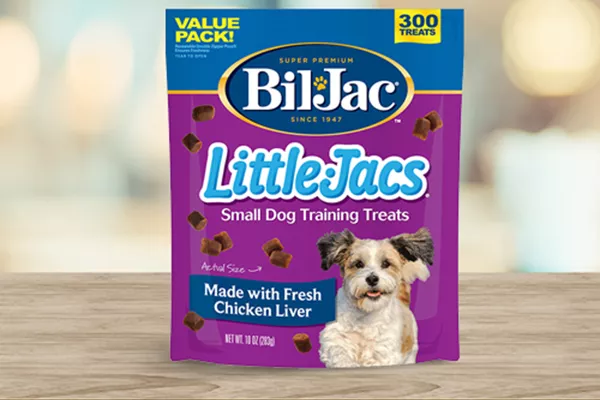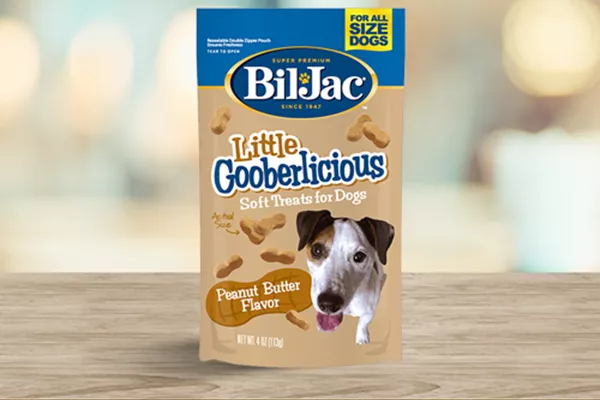Sometime throughout your life you may have heard (or possibly used) the old expression, “the dog ate my homework.” Hopefully, you haven’t had to actually deal with your four-legged friend using your work assignment as a midday snack. If they are exhibiting unwanted behavior like chewing on things that aren’t theirs, we can help.
Dogs, especially puppies, are delicate animals that need to feel loved, safe, and secure within our homes. When our furry friends do something we don’t like, the last thing we want to do is try to correct the behavior in a way that makes them feel confused or scared. Luckily, there are plenty of positive ways to address and correct your dog’s behavior that won’t cause unnecessary stress for you or your pooch.
Identifying Bad Behavior
Before you can correct your dog’s bad habits, you need to be able to identify what is and is not bad behavior. Though some “bad” behaviors are common characteristics of all dogs, the problem arises when the action becomes excessive, damaging, or unwelcome.
Common bad habits that may need to be addressed include:
- Excessive barking
- Jumping
- Whining
- Biting and/or nipping
- Chewing
- Chasing
- Marking
- Digging
- Pulling
It is important to remember that a lot of factors can impact a dog’s behavior. Their breed, age, medical history, and past experiences all shape how they act and how they may respond to training. There are also many different reasons why your dog may act out that range from separation anxiety to sheer boredom.
Is your dog acting out because they are seeking attention? Or maybe they are just unfamiliar with a new situation and that makes them anxious. It is helpful to identify potential causes of behavior problems to help better understand what training they may need.
No matter the reason for the misdeeds, it’s important to stop undesirable behavior before it becomes part of your dog’s normal routine. Luckily, there are a few methods you can use to address and correct bad behavior that when executed properly, can help most dogs curb their harmful habits.
Preventing Bad Behavior
Once you have identified your dog’s bad behavior, you can begin to formulate a plan to address and correct the troublesome trait. The most important factor to remember is that punishment is not the answer. Instead, use positive reward-based correction and training to teach your dog that good things happen when they do what you ask.
Corrections Instead of Punishments
Corrections are used to help your pup learn right from wrong. The purpose of a correction is to demonstrate a fact to your dog, while gaining the ability to understand, and reduce, unwanted behaviors. We all make mistakes, but it’s important to teach our dogs to avoid the behaviors we don’t want, and to encourage them with the behaviors we do want. This makes for a happy home for both pup and pup parent.
Several behavioral corrections can be used to train your pooch the right and safe way. Two of the more popular correction methods are withholding a reward and reprimanding.
Withholding a Reward
During your training sessions, try giving your dog commands and reward them with some delicious Bil-Jac Little Jacs Training Treats for the right behavior and withhold the treat if they do any unwanted dog behavior.
By repeating this exercise several times with your pooch, they will start to understand that they are only rewarded for doing the thing you want them to do. This form of training will help your dog create a positive association with good behaviors, which is much more effective than punishing a dog for bad behavior.
In contrast, withholding a reward when he or she doesn’t follow direction will teach your furry friend to avoid that behavior in the future. For some pups, withholding a reward is all they need to correct their bad dog behavior.
Reprimanding the Puppy
When withholding a reward isn’t enough, sometimes it makes sense to reprimand your puppy. This may sound intimidating, but reprimanding your puppy is not about scaring them or hurting your four-legged friend. Instead, it is simply creating a learning moment your dog can recognize as out of the norm to help signal something is not right.
Giving a simple but firm ‘NO!’ with a finger point or a brief leash tug is enough to alert your pup that they need to make an adjustment. By doing this, and withholding a reward, your dog should learn to adjust their behavior fairly quickly.
Redirection
Another way to correct unwanted dog behavior is through redirection. A lot of behavior that we as pet parents deem as “bad” is oftentimes just instinctive habits our pup can’t fully turn off. Chewing, barking, and digging are all habits that come naturally to our dogs, so it may be impossible to fully stop these behaviors. What we can do, however, is redirect our dog’s attention to less damaging activities when these “bad” behaviors occur.
If your dog is chewing, digging, jumping, or exhibiting a behavior you don’t like, offer them their favorite chew toy, play a few rounds of tug, or take them for a jog around the block. Sometimes even some basic exercise can help burn off steam and distract them from their initial bad actions.
Socialization
When it comes to correcting unwanted dog behavior, socialization goes a long way.
Sometimes our furry friends act up because they are anxious, confused, or scared. When you regularly socialize your pup, they become more accustomed to different sounds, smells, and new sensations. These new experiences help your dog learn how to relax in unfamiliar situations, and in turn they are less likely to overreact or exhibit bad behavior like barking, jumping, biting, and chasing when caught off guard.
Work With a Trainer
Sometimes it can be hard to figure out what our dog’s need. Luckily, dog trainers are a great resource to lean on when we aren’t sure how to help our furry friends. Professional Animal Trainer and TV Show Host Joel Silverman is a phenomenal source of information when it comes to raising, training, and caring for dogs of all ages. When asked about curbing bad behavior, Silverman offers some helpful advice to keep in mind:
“If you can catch a dog right when he’s starting to dig or chew and say, ‘knock it off,’ now you’re sending a message the dog can understand,” Silverman explains. “A verbal correction combined with preventative training, which is not giving the dog the opportunity to be in that situation, is how you get rid of those problems.”
Practice
Ultimately, the most important thing to do when you want to correct unwanted dog behavior is to remember that practice makes perfect. Dogs are smart and social animals and want to please their dog parents, so regularly reinforcing good behavior will help them stay consistent. Plus, training your pup and using corrections is a great way to build your bond and ensure a healthy and happy home for the whole family.
Want to learn more about what you can do to keep your furry friend happy, healthy, and well-behaved? Join our Best Friends Club today to receive our exclusive email newsletter full of informative articles, training tips, and members-only discounts on Bil-Jac dog food, treats, and other products.




